Clear skies and mild temperatures have helped push rooftop solar power generation to a new high in New South Wales (NSW) with small-scale PV providing a record 60% share of electricity demand at 12pm on Sunday. This was up 1.07% from the 58.9% contribution provided by rooftop generation on 26 Oct last year.
New minimums were also set for demand for electricity from the grid with the Australian Energy Market Operator (AEMO) revealing NSW recorded a new minimum operational demand of 2,718 MW at 12.30pm on Sunday, breaking the previous record set in October last year by 403 MW.
At the time of the operating demand low, AEMO said rooftop PV contributed 59.1% of total generation while grid-scale solar contributed 6.6%. Wind provided 3%, and black coal 31.3%.
Another notable milestone was the level of curtailed solar with Geoff Eldridge from GPE NEMLog revealing solar curtailment hit a new peak in NSW of 3,101 MW on Sunday, up 401 MW from the previous peak in December last year.
Curtailment levels also hit a new high across the National Electricity Market (NEM) as a whole, reaching 5,897 MW, up 461 MW than the previous record set in earlier October.
“With strong utility solar availability across NSW and the southeast NEM, curtailment increased as prices dropped below LGC levels, allowing 11 of 12 NSW coal units (Eraring 4 came out-of-service early on Sat) to remain in service at minimum loads across the day,” Eldridge wrote in a Linkedin post.
“These records highlight the increasing challenges of integrating high solar output into the grid. Managing curtailment and ensuring grid flexibility through interconnection, storage, and market reforms will be key to maintaining stability.”
Renewable energy software provider Gridcog said the record levels of large-scale curtailment was creating all the incentives needed to spur investment in storage such as batteries.
Gridcog said wholesale prices were negative for pretty much all daylight hours on Sunday, forcing the solar farms exposed directly to that price signal to curtail their generation.
“These pricing dynamics are already evident in markets with significant quantities of rooftop solar and we will see more of this in the coming years as rooftop solar continues to undercut standalone solar farms,” the company said.
“The solution for the solar farms is co-location, either with battery storage, or load, or both.”
This content is protected by copyright and may not be reused. If you want to cooperate with us and would like to reuse some of our content, please contact: editors@pv-magazine.com.
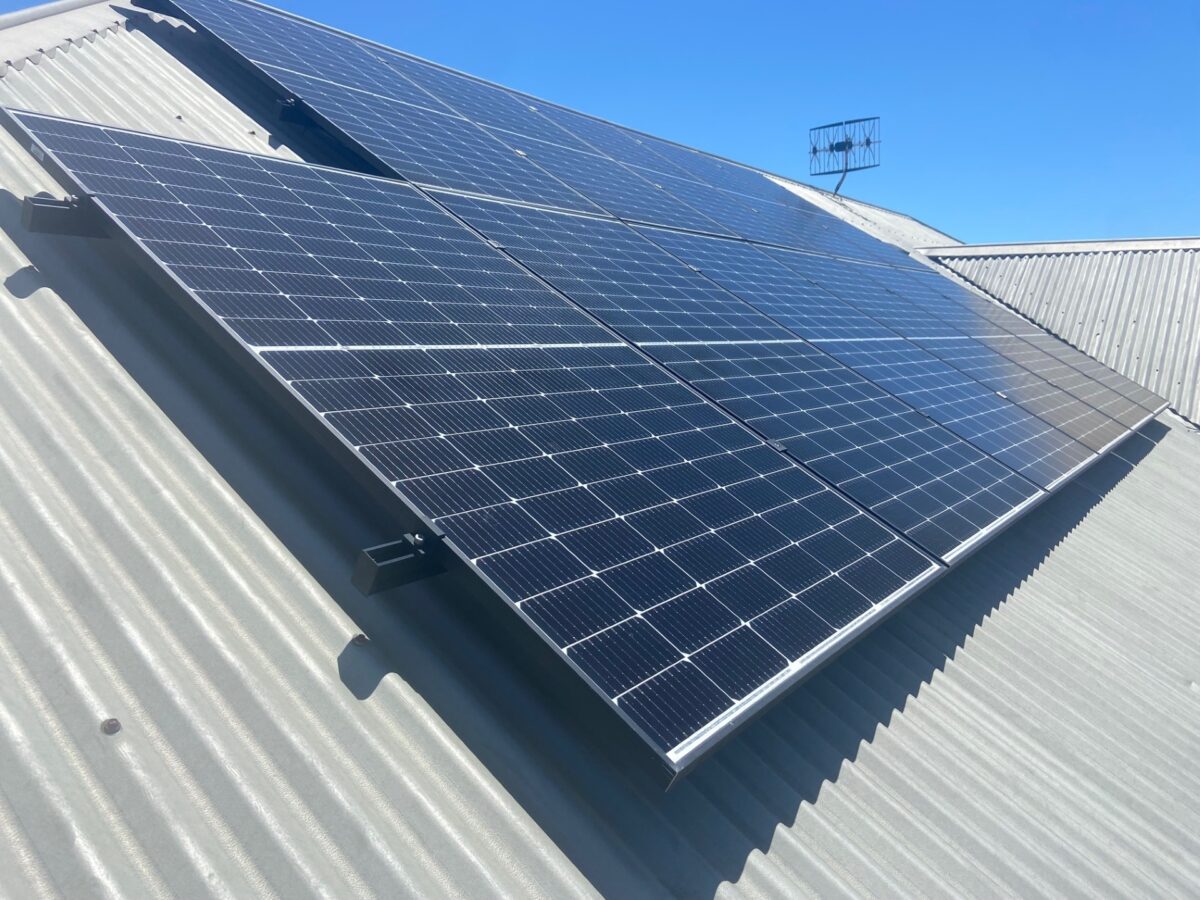
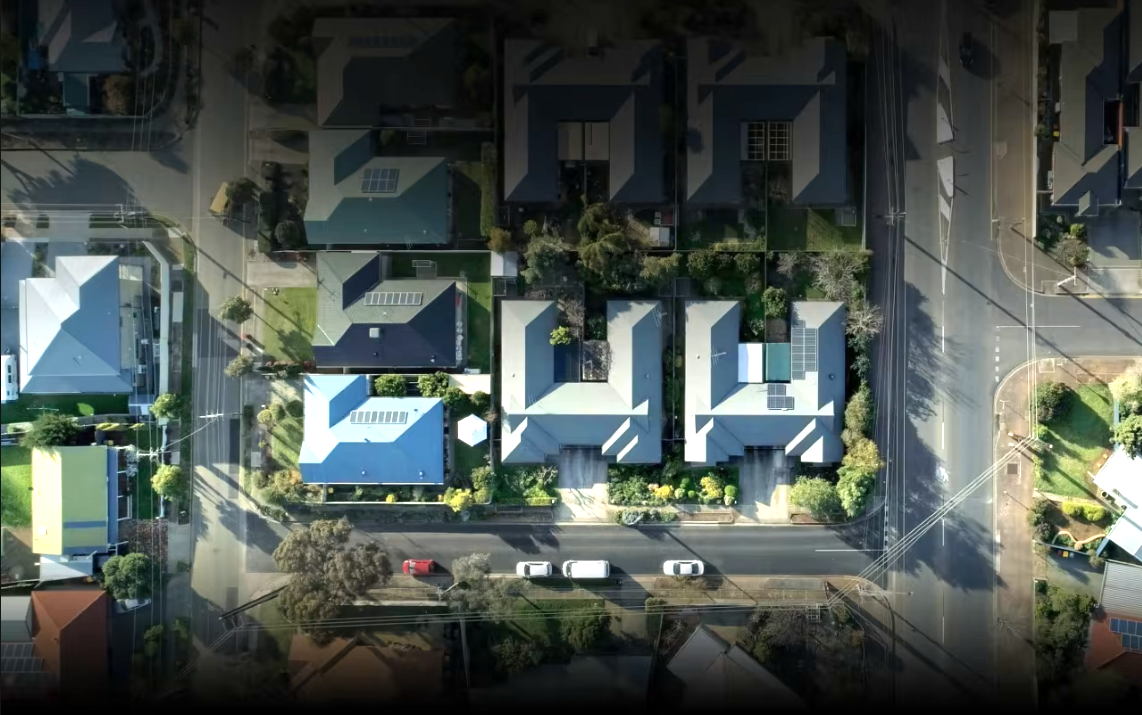


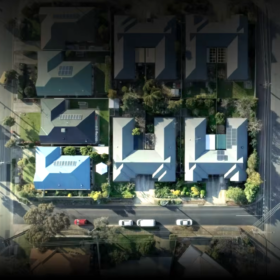

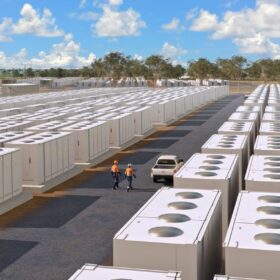
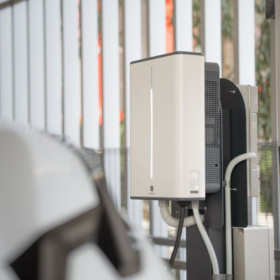

By submitting this form you agree to pv magazine using your data for the purposes of publishing your comment.
Your personal data will only be disclosed or otherwise transmitted to third parties for the purposes of spam filtering or if this is necessary for technical maintenance of the website. Any other transfer to third parties will not take place unless this is justified on the basis of applicable data protection regulations or if pv magazine is legally obliged to do so.
You may revoke this consent at any time with effect for the future, in which case your personal data will be deleted immediately. Otherwise, your data will be deleted if pv magazine has processed your request or the purpose of data storage is fulfilled.
Further information on data privacy can be found in our Data Protection Policy.